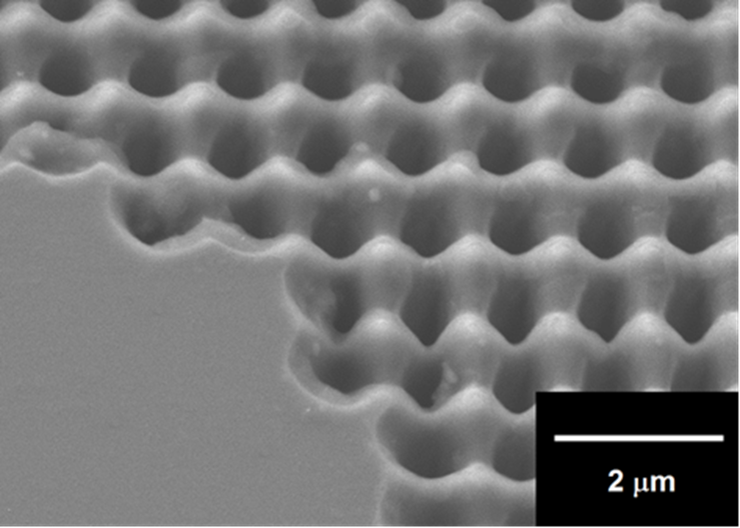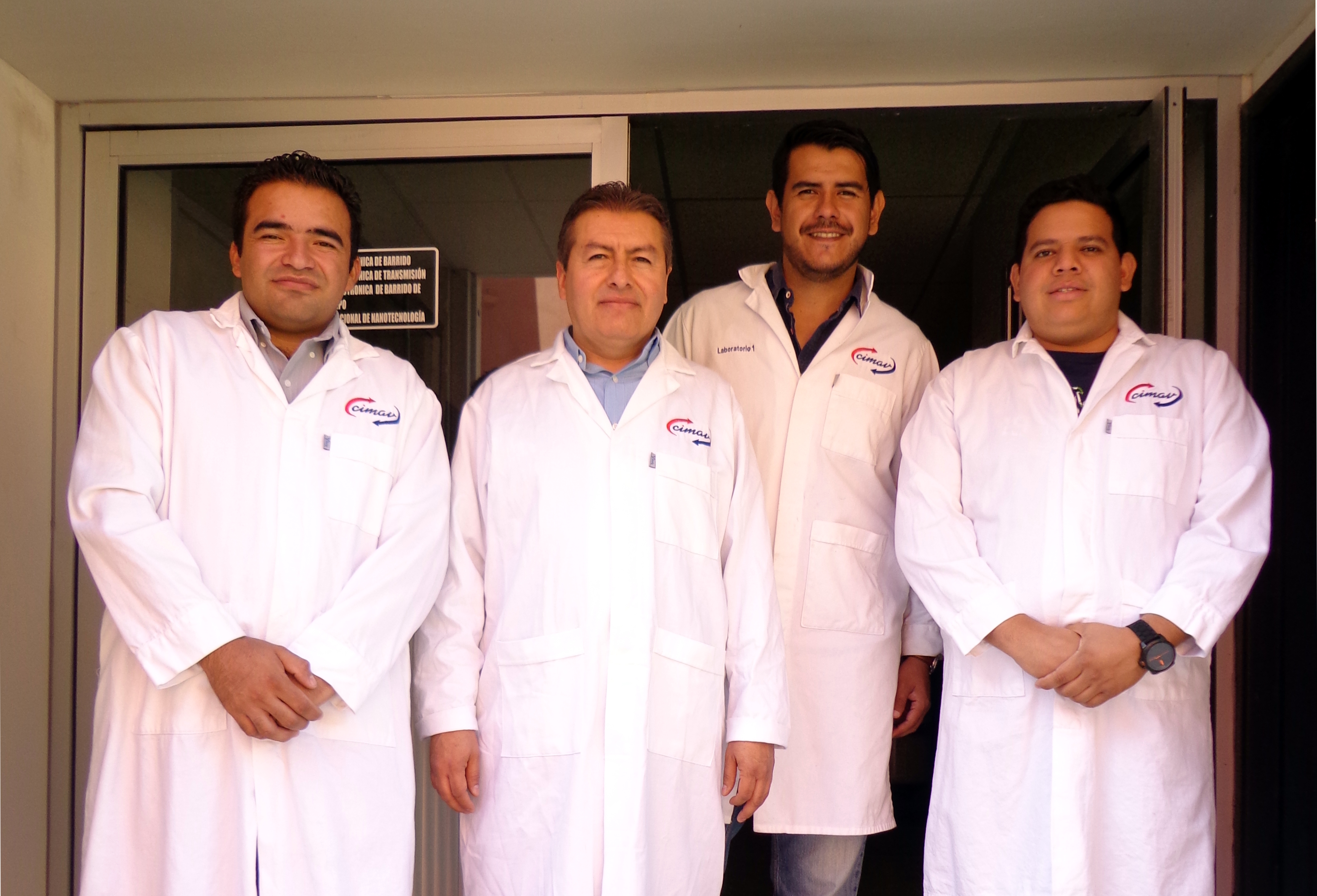Nanophotonics
In Cimav researchers are developing new materials with optical properties which allows to control selectively the light flow (photonic materials) with the purpose to use it in several applications of interest in areas such as telecommunications, medicine and in general in the information processing via light manipulation.
In health sciences, photonic materials can be used to monitor, in real time, the radiation dose applied to people with cancer.
This research may also be used to generate sensors to measure glucose levels, cholesterol or even alcohol level in blood.
In Cimav also is investigated how to store and process a high volume of information through the light control in novel materials. The advantage of this technology is based on the fact that in a cubic centimeter of a nonlinear optical material could be stored a quantity of information comparable to that as currently can be stored in a thousand of CDs.
For example, the CPU (central processing unit) of a computer may have a volume of a few cubic centimeters so that to use it, we only need to adapt a screen and a keyboard.
The new opto-electronic devices (combination of optical and electronic properties) based on technologies such as nano-photonic can also improve the information processing speed at levels comparable to speed of light in vacuum.
Researchers in Cimav, design, construct and characterize photonic materials that enable them, among other things, control, amplify, redirect, multiply and transmit light to perform functions that can improve equivalent roles in the electronics field. Photonic nanostructures considered in this research are constructed from a silicon wafer with a deposition of thin films of metal oxides. Cimav is one of a few research centers in Latin America with the capacity to build them.

The team of Optical Properties of Materials (OPMT) maintains inter-institutional collaboration with the Unit of Radiological Security at Nuclear Science Institute, and the Center for Nanoscience and Nanotechnology, both from the Autonomous National University of Mexico. In addition, researchers of OPMT have generated scientific articles in refereed journals of high impact and international circulation.
Around the next 15 years the technology boom will be based on the light control, which will mean a business opportunity.
Photonics will be the science of the new era.
- Design, construction and study of optical properties of silicon-based photonic materials.
- Study of optical properties of photorefractive materials (electro-optical and photoconductive, optical memories, and storage of high-density of information).
- Study of optical properties of thin films of metal oxides.
- Study of deformations in solids by real time optical interferometry.
- Study of the dynamics and heat transfer flows in combustion processes and microfluidic flow visualization.

